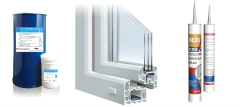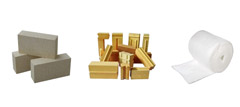When working with chemicals, picking the wrong coating can cause big problems with how things work. System leaks and lost output can happen, leading to unplanned downtime and repairs that need to be done right away.
These failures not only make upkeep more often and cost more, but they also expose chemicals that could be dangerous. Also, closing solutions that aren't good enough can cause problems with following the rules, especially in places where dangerous materials are handled.
Here are five types of seals that are often used in places that process chemicals. There are different chemical makeups, performance traits, and best use situations for each type.






